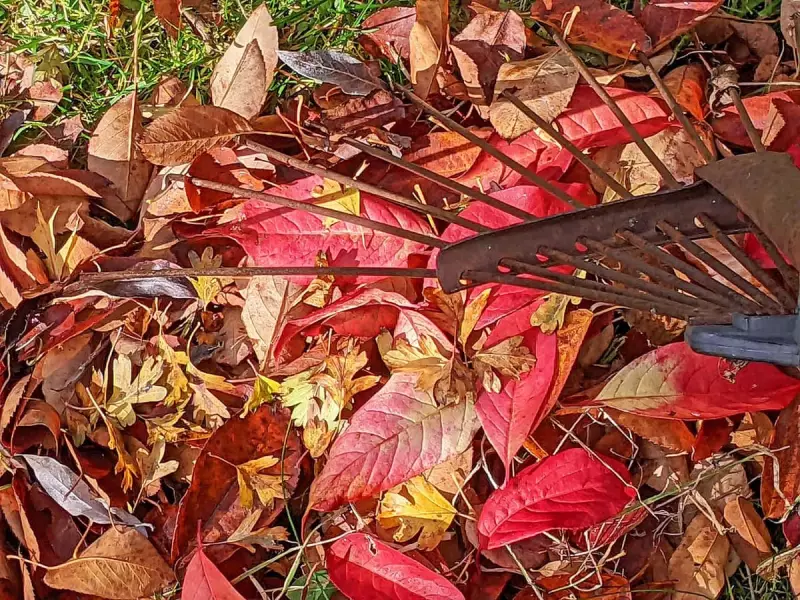
As the golden light of autumn washes across the British landscape, a remarkable transformation begins. The season of mists and mellow fruitfulness isn't just about changing leaves and cooler temperatures—it's a critical period of intense activity for wildlife preparing for the long winter ahead.
The Great Autumn Preparation
Across gardens, woodlands, and hedgerows, creatures great and small engage in a frantic race against time. Squirrels perform aerial acrobatics among the branches, their cheeks bulging with precious nuts destined for hidden larders. Meanwhile, hedgehogs gorge on available food, building crucial fat reserves for their winter hibernation.
The author observed this seasonal drama firsthand while tending to their garden on a crisp November day. The date was November 14th, 2025, a moment when nature's preparations reach their peak intensity. What might appear as simple gardening tasks—raking leaves, clearing brush—actually reveals intricate ecological relationships that sustain countless species through the harsh months ahead.
Unexpected Garden Visitors
Rather than disposing of gathered leaves immediately, the writer made a discovery that highlights nature's interconnectedness. A pile of raked leaves left overnight became temporary shelter for various insects and small mammals seeking refuge from the cooling temperatures.
This simple observation underscores an important ecological truth: our gardens serve as vital habitats, especially during transitional seasons. The decaying leaves themselves host numerous invertebrates that in turn provide food for birds and other wildlife. Every action in our outdoor spaces, however small, creates ripple effects throughout the local ecosystem.
Conservation Through Seasonal Awareness
The changing patterns of autumn wildlife offer more than just a beautiful spectacle—they provide valuable insights into the health of our local environments. Noticing which species are active, their numbers, and their behaviours helps track the impacts of broader environmental changes.
Simple conservation measures can make significant differences during this critical period. Leaving some areas of the garden undisturbed, creating leaf piles in corners, and delaying major pruning until late winter all provide crucial support for wildlife. These practices help maintain the delicate balance that allows both cultivated gardens and wild creatures to thrive together.
As daylight hours shorten and temperatures continue to drop, this window of autumn activity will soon close. The frantic gathering, feeding, and shelter-seeking will give way to winter's quiet endurance. For now, though, the British countryside remains a stage for one of nature's most important seasonal performances—a drama of survival playing out in gardens, parks, and wild spaces across the nation.





